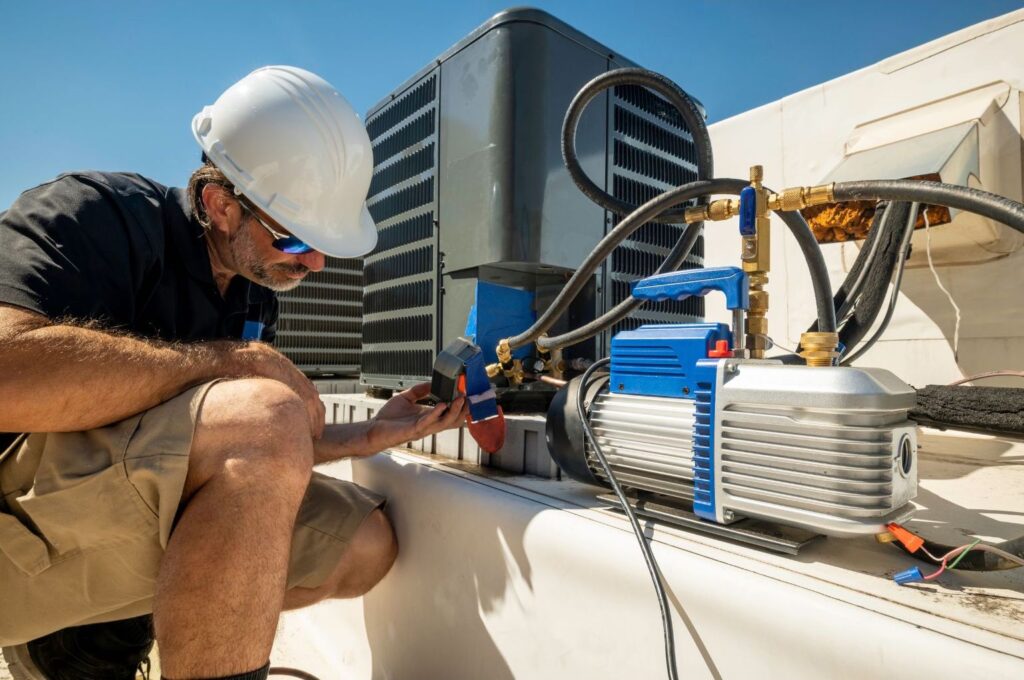
The world is getting warmer, creating a higher demand for air conditioning. However, the more air conditioning units running as they are made today, the greater the chance temperatures will continue to rise.
As one source wrote, “air conditioners make people cooler and the world hotter.”
Here in our headquarters of Greenville, SC, we have absolutely been encountering a heat wave causing a surge in electricity demand that in other places strains the grid, causing rolling blackouts in the worst scenarios.
As architects, we recognize the need to build a more efficient air conditioning system, so we were intrigued to read about the start-up investment and research happening in the space. We also acknowledge the pressing need to rethink cooling strategies and aim to engineer solutions that alleviate the strain on both energy resources and the planet.
Even Bill Gates has entered the field, through his Breakthrough Energy Ventures.
An important challenge of the research is adapting how air conditioning works. For example, focusing on the humidity rather than the heat, and using new materials like liquid salt to dry out the air (SOURCE).
“Air conditioners both cool the air and reduce humidity. [Research Organizations] think the biggest efficiency gains can be made by changing the ways ACs reduce humidity in the air” (SOURCE).
Of all greenhouse gas emissions, heating and cooling buildings accounts for roughly 15 percent according to the International Energy Agency. And, as countries like India pursue a dramatic trajectory towards more, inefficient units, that impact is only expected to grow. Researchers compare this moment in time to the automotive industry’s shift to electric vehicles.
The answer could be found in something simple and ubiquitous–salt.
Researchers discovered a liquid salt solution that can separate humidity and temperature, developed with the National Renewable Energy Laboratory. It also stores energy, offering a resource when energy grids become strained. When air conditioning is needed, the solution absorbs air and removes humidity–then, a complicated process utilizing a heat exchanger moves towards the work of cooling a space.
Architects are collaborating with engineers and scientists to integrate these cutting-edge cooling technologies into the very fabric of buildings, aiming for optimized energy efficiency while enhancing occupant comfort.
While we wait for a better air conditioner, we can contribute in our own ways.
An emerging approach gaining traction is passive cooling, where architects design buildings to naturally regulate indoor temperatures using design elements like shading, natural ventilation, and heat-absorbing materials. By harnessing the principles of bioclimatic architecture, buildings can achieve a remarkable reduction in their reliance on active cooling systems.
Contact us today to explore how our team at COR3 Design can help you integrate cutting-edge cooling technologies and sustainable design principles into your projects.
A better air conditioner is coming, but we are ready to help in other ways until it is developed.


